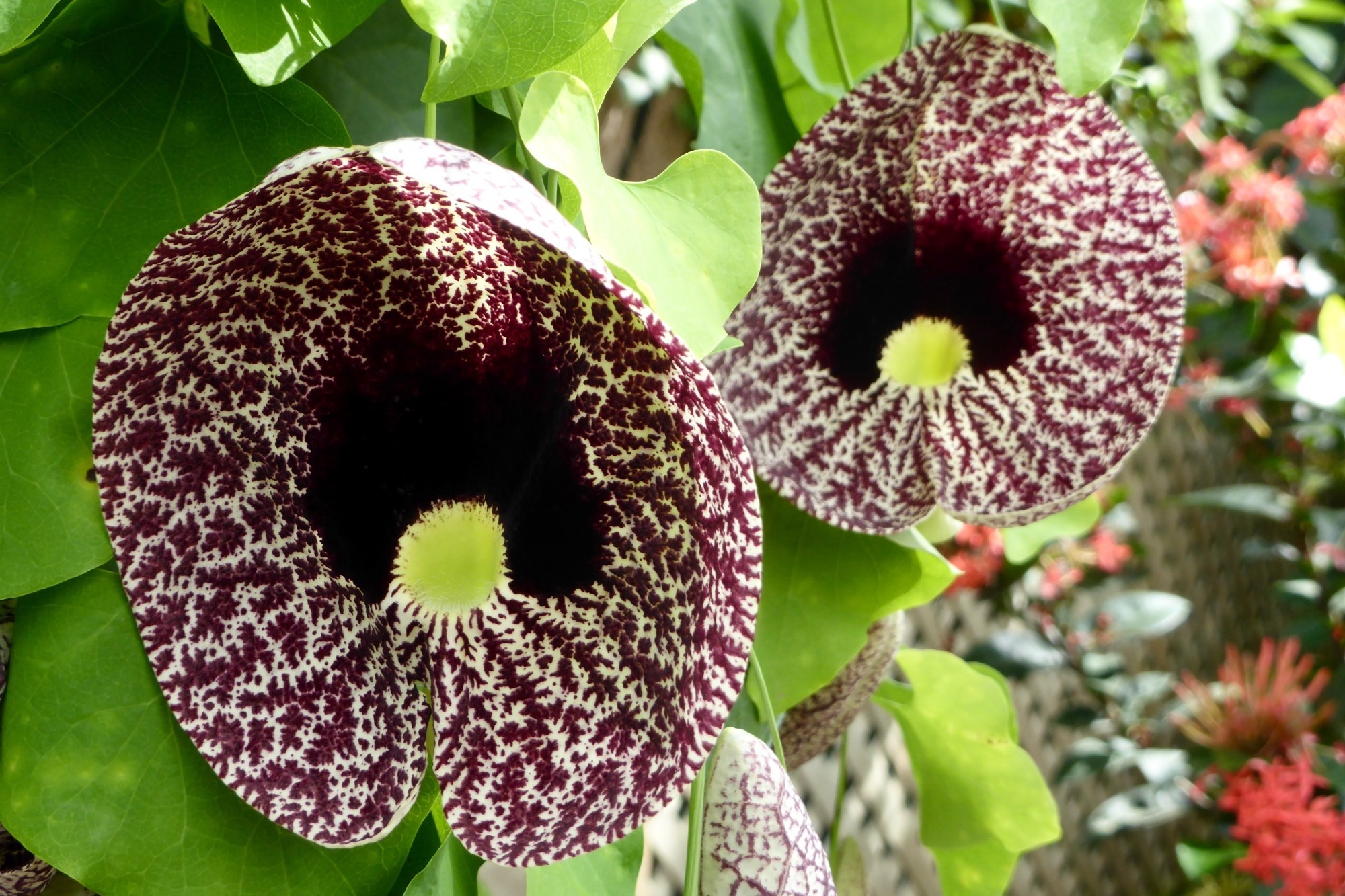Could affordable herbs offer new hope for menstrual pain? Five traditional Nigerian plants show multi-target benefits against hormone and metabolic disruptions in an animal model of dysmenorrhea.
 Study: Antioxidant and ameliorative effects of selected Nigerian plants on hormonal imbalance associated with dysmenorrhea in albino rats. Image Credit: Andy Sutherland / Shutterstock
Study: Antioxidant and ameliorative effects of selected Nigerian plants on hormonal imbalance associated with dysmenorrhea in albino rats. Image Credit: Andy Sutherland / Shutterstock
In a recent study published in the journal Frontiers in Nutrition, researchers evaluated Nigerian medicinal plants, Aristolochia littoralis, Picralima nitida, Spondias mombin, Sorghum bicolor, and Xylopia aethiopica, for their ability to counteract monosodium glutamate (MSG)-induced hormonal imbalance, oxidative stress, and lipid dysregulation associated with dysmenorrhea (painful menstruation) in female albino rats (Wistar strain).
Background
Up to 95% of menstruating individuals experience period pain, with estimates ranging from 45–95%, and nearly one in three lose work or school days when symptoms peak. Primary dysmenorrhea causes mild cramps to severe abdominal pain with fatigue, nausea, and headaches, typically without pelvic pathology, while secondary cases accompany conditions like endometriosis, uterine fibroids, or pelvic inflammatory disease. Elevated prostaglandins and wider inflammatory signals, including C-reactive protein, track with severity and are implicated in long-term health risks. Nonsteroidal anti-inflammatory drugs (NSAIDs) ease symptoms but can cause gastric and renal side effects, driving interest in complementary and alternative medicine (CAM) options that require rigorous validation.
About the Study
Plant materials were collected near the University of Ibadan, authenticated at the Forest Herbarium Ibadan (FHI), dried, powdered, and macerated in 70% hydroethanolic solvent (1:10) for 72 hours. Filtrates were evaporated at 40°C and stored. Qualitative screening recorded tannins, saponins, flavonoids, glycosides, steroids, alkaloids, phenols, and terpenoids. Total phenolic content (TPC) was determined by the Folin-Ciocalteu method with gallic acid; total flavonoid content (TFC) by the aluminum chloride method with rutin. Antioxidant capacity was profiled by DPPH radical scavenging, ferric reducing antioxidant power (FRAP), and nitric oxide (NO) scavenging assays.
Female Wistar rats were acclimated and randomized into eight groups: no treatment (distilled water), negative control (MSG only), positive control (MSG + clomiphene citrate), and MSG + individual plant extracts. MSG (800 mg/kg), clomiphene citrate (1 mg/kg), and extracts (100 mg/kg) were administered by gavage daily for two weeks. Researchers measured luteinizing hormone (LH), follicle-stimulating hormone (FSH), and estradiol (E₂) using ELISA. Lipid profiles, total cholesterol (TC), triglycerides (TG), high-density lipoprotein (HDL), low-density lipoprotein (LDL), and very low-density lipoprotein (VLDL), were used to calculate atherogenic index (AI) and coronary risk index (CRI). Reduced glutathione (GSH) levels and reproductive tissue histology were assessed. The study received ethical approval from Bowen University (BUI/BCH/PHARM-UI/01/25/01).
Study Results
Extraction yields were comparable across species; Picralima nitida returned the highest (11.8%). Qualitative profiling confirmed broad phytochemical diversity, with Sorghum bicolor and Picralima nitida containing all screened classes. Quantitative assays showed that Aristolochia littoralis had the highest TPC (7.96 mg GAE/g), Sorghum bicolor had the highest TFC (0.71 mg RE/g), and Xylopia aethiopica had a moderate phytochemical mix.
Antioxidant assays revealed that Sorghum bicolor and Spondias mombin showed potent DPPH inhibition (69.55% and 91.49% at 1,000 μg/mL, respectively), Xylopia aethiopica exhibited the highest FRAP activity (4.71 mg/mL), and Picralima nitida excelled in NO scavenging (186.88 μM).
In the MSG-induced hormonal imbalance model (elevated LH/FSH, depressed E₂), Aristolochia littoralis produced the most balanced profile (↑E₂, moderated LH/FSH). Sorghum bicolor and Spondias mombin significantly increased E₂, while Xylopia aethiopica elevated FSH but maintained E₂ levels.
Lipid improvements versus the MSG-only group included Xylopia aethiopica having the lowest TC (2.28 mmol/L) and LDL (1.55 mmol/L), Aristolochia littoralis achieving the highest HDL/LDL ratio (1.394), Sorghum bicolor and Spondias mombin showing the lowest atherogenic index, and Spondias mombin yielding the highest GSH (0.190 mM), indicating enhanced antioxidant defense.
Histology revealed intact ovarian/uterine architecture in Aristolochia littoralis-treated rats, whereas MSG controls exhibited vascular congestion and immature follicles. Additionally, some extract-treated groups (e.g., Spondias mombin) displayed mild vascular changes.
Conclusions
Aristolochia littoralis, Sorghum bicolor, Spondias mombin, Xylopia aethiopica, and Picralima nitida demonstrated complementary effects by modulating oxidative stress, restoring hormonal balance, and improving lipid profiles in a dysmenorrhea-linked rat model. Their multi-target actions align with the traditional use for menstrual discomfort; however, human trials are needed to confirm efficacy in humans. Standardized extracts could offer affordable alternatives where NSAIDs are inaccessible, potentially mitigating dysmenorrhea-associated metabolic disturbances. These preclinical findings in albino rats warrant further investigation.